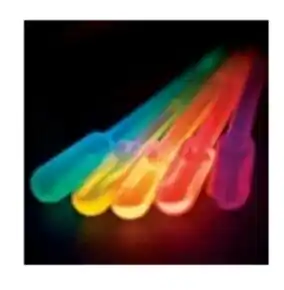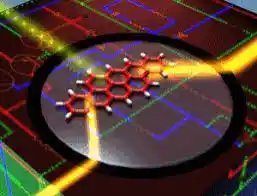افشین رشید
اُستادیار ؛ عضو هیات علمی دانشگاه آزاد اسلامی واحد علوم و تحقیقات تهران
615 یادداشت منتشر شدهInvestigation and Analysis of (III-V) Compounds For Nano-optical and Nano-optical Electronic Devices

Note: Nano-optical and nano-optical electronic devices may benefit the most from these (III-V) semiconductor compounds. The main reason is the possibility of engineering the energy gap in these compounds, unlike silicon.
(III-V) compounds are the main factor in nanodevices such as nanolight-emitting diodes. Determining this spectrum is the energy gap in the semiconductor used. To change the energy gap, there is no choice but to use semiconductor compounds instead of semiconductor elements. A few decades ago, LEDs were made with two spectra of red and green light, but the possibility of making blue nanoLEDs with high brightness remained an unsolvable puzzle. Making LEDs with a blue spectrum of light using GaN made it possible to produce white light with LEDs. Some of the nanoLED lamps are the most efficient lamps that are increasingly used day by day. Photodetectors are key components of these circuits. The main substrate for making these circuits is the photonic crystal. (III-V) compounds are the most widely used nano-optical and nanoelectronic devices in nano-microelectronics. Currently, the possibility of connecting between silicon processor cores and peripheral memory via integrated optical communication channels made of compound semiconductors, with very high data transfer rates, has attracted attention from other communication and interconnection technologies between processors towards integrated optical nanoelectronics.

Compounds (III-V) Nano-Optical Devices
III-V compounds, other than some elements of group 4 of the periodic table, namely Si and Ge, which are semiconductors, compounds of elements of group 3 with 5, group 2 with 6, and also alloys of group 4 with 4 also have semiconductor properties. Even some compounds of three elements of these groups, such as AlGaAs and InGaN, also have semiconductor properties. At the beginning of the recognition of these compounds and research on them, it was thought that they would soon replace silicon, because it was possible to engineer and obtain some properties that were not present in silicon. However, due to the lack of a suitable insulator for use in the gate of transistors, as well as the high cost of the elements and the layer deposition process of compound V-III semiconductors, silicon and finally the silicon-germanium alloy still remain as the main semiconductor used.

It should be noted that silicon oxide, which can be easily deposited with high purity, is a very suitable insulator for this purpose. Today, in integrated circuits with channel lengths below 50 nm, alternative oxides with higher dielectric constants such as zirconium oxide ZrO2 and hafnium oxide HfO2 are used. In ternary alloys of a pair of element compounds, different properties can be obtained for the semiconductor by changing the ratio of the two elements present. For example, in xAs-AlxGa1 and xN-InxGa1, changing x leads to a change in the energy gap and many of the properties of these semiconductor compounds are due to the bandgap energy. The (III-V) compounds (xAs-AlxGa1) nano-optical devices are found in (x<45.0) mode with variations in the distance between the valence band edge and the conduction band edge with changing x in three different directions of wave propagation.